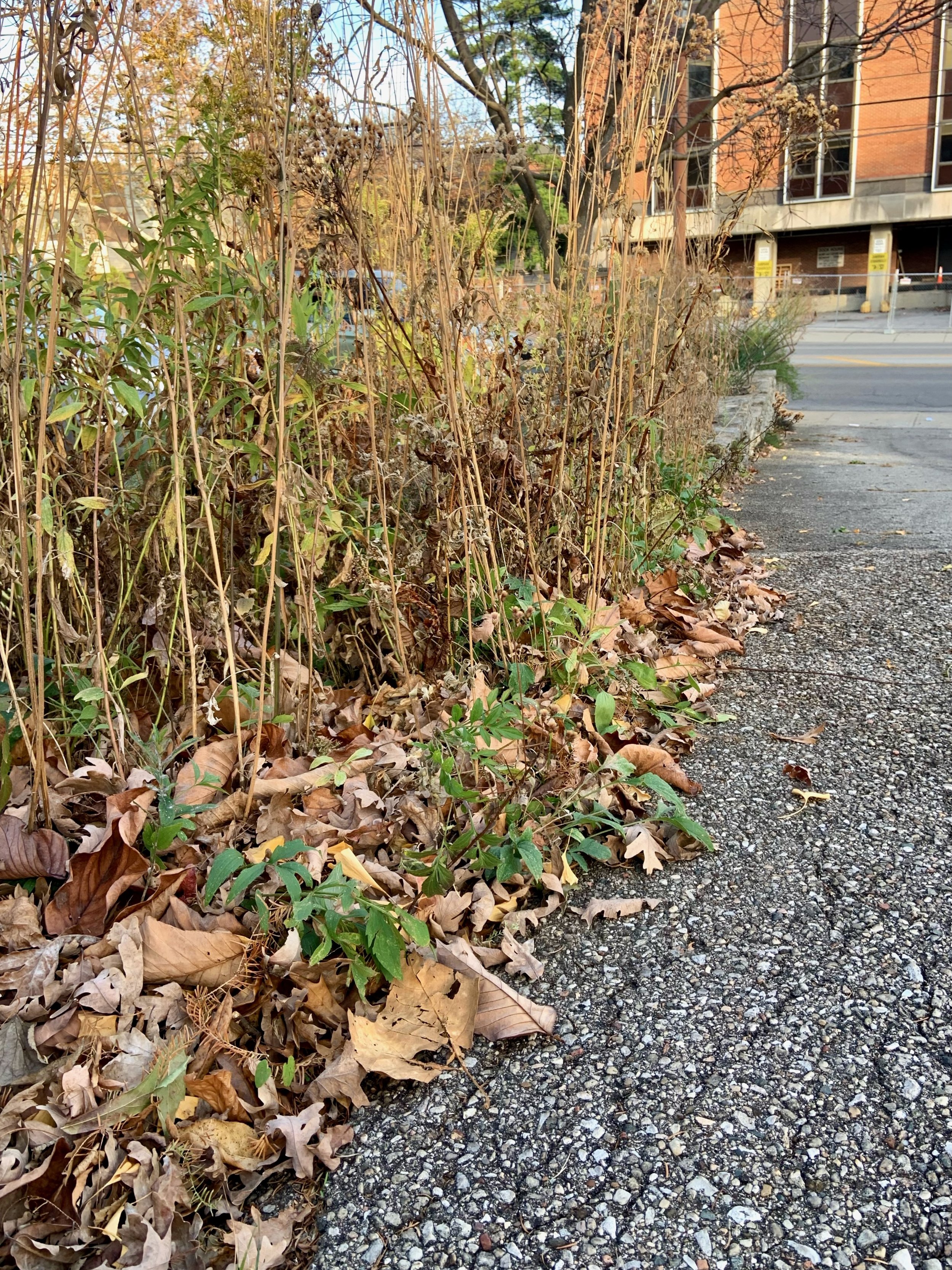Wherever You Live, Leave the Leaves!
When there’s no denying fall has arrived, what do you do with all those leaves? And have you considered the impact your choice will make?
Sure, you could spend your Saturday afternoons bagging your leaves up and then send them off to the landfill. Or you could use these free natural resources to improve soil health, serve as eco-friendly mulch, and support overwintering insects—regardless of whether you live in an urban area, a suburb, or in a more rural setting. Want to guess which option we prefer?
The Benefits of Leaves
Think of leaves as free nutrients for your garden. They’ll break down over time, putting things like nitrogen, potassium, and phosphorous back into your soil. Just leave a nice, healthy layer of leaves in your beds to give your plants a nutrient bump going into next season. With your lawn, just mow the leaves to grind them up or rake them into garden beds, where they'll become fertilizer plus natural mulch.
Leaves also create important habitat for insects during the winter months. A thick leaf layer will insulate the top layers of soil, creating a perfect hideout for many small insects when the temperatures drop and helping to maximize biodiversity in your yard.
Tips for Urban Dwellers
What if you want to "leave the leaves,” but you live in an urban setting, which comes with unique leaf management challenges?
Urban yards are often more exposed to weather (a.k.a. wind) that can make it harder to keep your leaves on your property. Houses are also much closer together, making it more likely that your neighbor who likes a tidy yard might have something to say about your decision to leave the leaves. It’s still incredibly important to create insect habitat in urban neighborhoods, though, because these are often the places with the least amount of habitat available.
If you're an urban dweller, here are some ideas for ecologically friendly leaf management:
Mow or grind your leaf litter along the edges of your yard or garden bed. Doing so doesn’t create as much habitat for insects as keeping leaves intact, but it does make them less likely to blow into your neighbor’s yard. It also creates valuable nutrients as the leaves break down in your garden, which will help your garden thrive.
Create an enclosure for leaf litter. Using t-posts and fencing, build a small fenced-in area in your yard to store leaves from around your property. This pile will act as great habitat for critters, and once the leaves break down after a few months later, you can add the resulting material back into your garden beds to provide nutrients.
Only leave the leaves in parts of your yard that are well protected from wind. Existing garden beds with vegetation still standing or a structure such as a shed can help keep the leaves on your property. You can even stash additional leaves in this part of the garden, then spread them back around the yard in the spring as your plants are waking up and looking for an extra boost of nutrients.
No matter where you live, leaving the leaves is good for your garden and good for insects!


